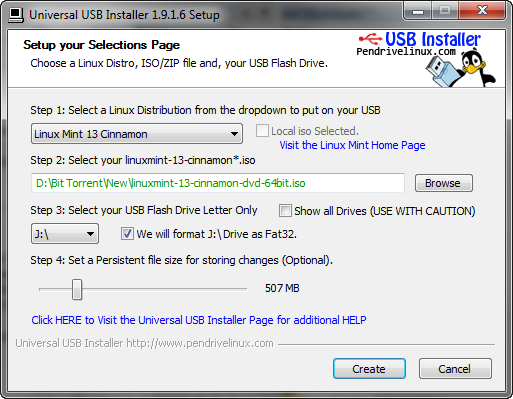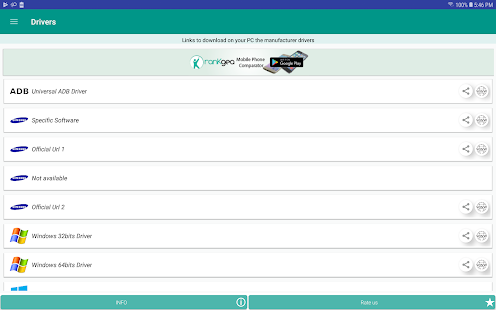

inf file that installs Winusb.sys as the function driver for the USB device. Writing a custom INF for WinUSB installationĪs part of the driver package, you provide an. Note: If you change the physical port then you must repeat steps 1 through 4. Set the value to the GUID you generated in step 2.ĭisconnect the device from the system and reconnect it to the same physical port. Under the Device Parameters key, add a String registry entry named DeviceInterfaceGUID or a Multi-String entry named DeviceInterfaceGUIDs. HKEY_LOCAL_MACHINE\SYSTEM\CurrentControlSet\Enum\USB\ Generate a device interface GUID for your device, by using a tool such as guidgen.exe.įind the registry key for the device under this key: Load the driver as described in the preceding procedure. You must add the GUID manually by following this procedure. The preceding procedure does not add a device interface GUID for an app (UWP app or Windows desktop app) to access the device. If Universal Serial Bus devices does not appear in the list of device classes, then you need to install the driver by using a custom INF.


Installing WinUSB by specifying the system-provided device class When you connect a WinUSB device, the system reads device information and loads Winusb.sys automatically.įor more information, see WinUSB Device.

Such a device is called a WinUSB device and does not require you to write a custom INF file that references in-box Winusb.inf. If you are a customer experiencing USB problems, see Troubleshoot common USB problems Automatic installation of WinUSB without an INF fileĪs an OEM or independent hardware vendor (IHV), you can build your device so that the Winusb.sys gets installed automatically on Windows 8 and later versions of the operating system.


 0 kommentar(er)
0 kommentar(er)
